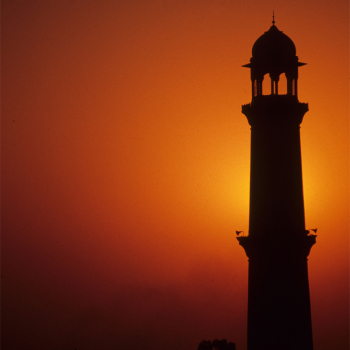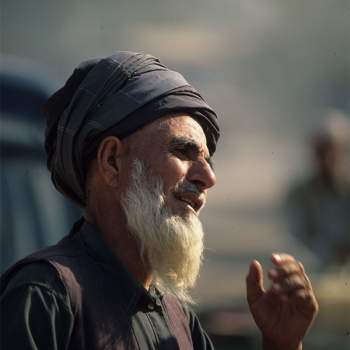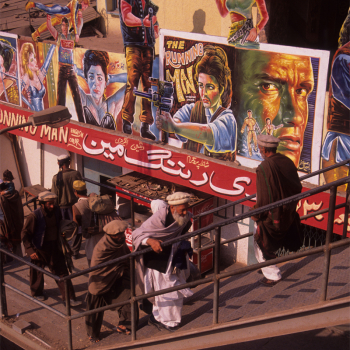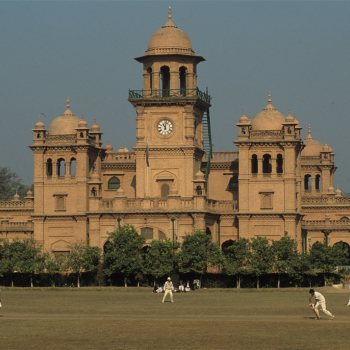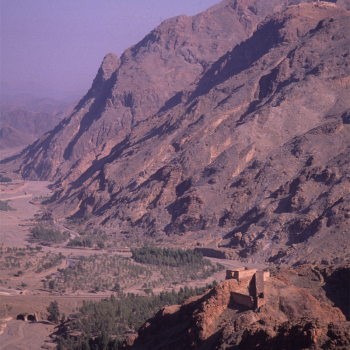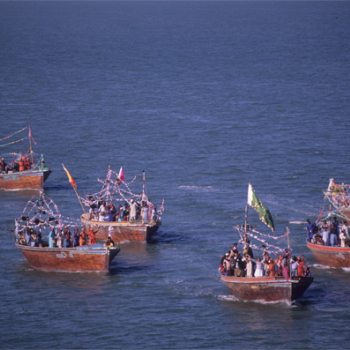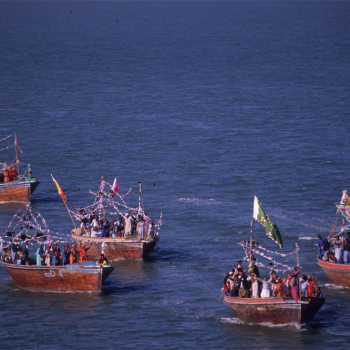Pakistan
Enriched with one of the world's oldest civilizations, a fabled high valley of vast glaciers and snow-capped peaks, the legendary gardens of Shalimar and a famed mountain pass whose name is synonymous with adventure, the remains and ruins of Moenjedoro, Taxila and early Muslim or Mughal civilizations, the Silk Roads heritage is obvious everywhere in Pakistan.
For centuries, the southern part of the land Silk Roads, wound its way to south from Central Asia, across some of the highest mountains in the world, down through modern Pakistan and then curved east into India (Hindustan) or continued south to the Arabian Sea.
Pakistani authorities try to revive the old trade routes through diverse initiatives. These efforts received a boost with the opening two decades ago of the Karakoram Highway which joins the remote northern reaches of the country with the Chinese Region of Xinjiang the historical routes of trades and exchange are still alive.
